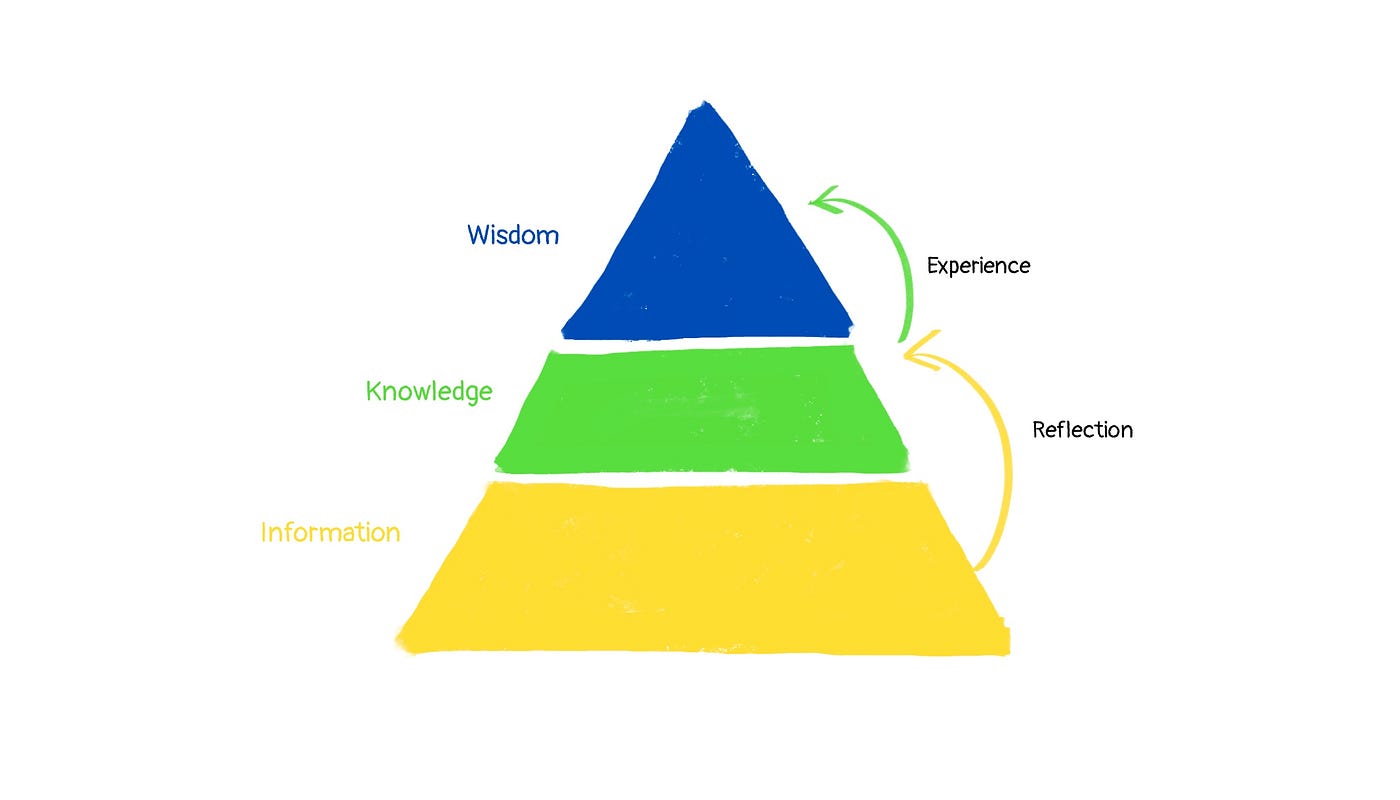
Creating functional and comfortable residential spaces involves a blend of aesthetics, practicality, and individual needs. Good design not only enhances the beauty of a home but also improves its livability and functionality. This guide explores key principles and strategies for designing residential spaces that are both appealing and practical.
Key Principles of Residential Design

1. Understanding Space Planning
Effective space planning is the foundation of functional design. It involves organizing spaces to maximize usability and flow.
- Zoning: Divide areas into zones (living, dining, sleeping) to create a logical layout.
- Traffic Flow: Ensure easy movement between spaces by avoiding obstacles and designing clear pathways.
- Proportions: Consider the scale of furniture and decor in relation to the size of the room to maintain balance.
2. Prioritizing Comfort
Comfort is paramount in residential design. It encompasses both physical and psychological aspects.
- Ergonomics: Choose furniture that supports the body and promotes good posture.
- Ambient Conditions: Incorporate natural light, ventilation, and temperature control to enhance comfort.
- Personal Touches: Use colors, textures, and accessories that resonate with the occupants’ preferences to create a welcoming atmosphere.
3. Maximizing Natural Light
Natural light has a profound impact on mood and energy levels. Designing for optimal light can transform a space.
- Window Placement: Strategically position windows to capture sunlight throughout the day.
- Open Layouts: Consider open floor plans that allow light to flow freely between rooms.
- Mirrors and Reflective Surfaces: Use mirrors to amplify light and create the illusion of a larger space.
4. Incorporating Functionality
A well-designed residential space must meet the practical needs of its occupants.
- Multi-Functional Furniture: Invest in furniture that serves multiple purposes, such as sofa beds or extendable dining tables.
- Storage Solutions: Utilize built-in storage, under-bed storage, and vertical shelving to keep spaces organized and clutter-free.
- Smart Home Technology: Integrate technology for convenience, such as smart lighting, thermostats, and security systems.
5. Fostering Connection with Nature
Bringing elements of nature indoors can enhance well-being and create a serene environment.
- Biophilic Design: Incorporate plants, natural materials, and views of the outdoors to create a calming atmosphere.
- Outdoor Spaces: Design patios, balconies, or gardens that encourage outdoor living and relaxation.
- Natural Materials: Use wood, stone, and other organic materials to create a warm and inviting space.
Practical Design Strategies
1. Color Schemes
Choosing the right color palette can significantly influence the mood of a space.
- Neutral Base: Start with neutral tones for walls and larger furniture to create a versatile backdrop.
- Accent Colors: Add pops of color through accessories, artwork, and textiles to inject personality and vibrancy.
2. Lighting Design
Effective lighting design enhances functionality and ambiance.
- Layered Lighting: Combine ambient, task, and accent lighting to create a well-lit environment.
- Dimmers: Install dimmer switches to adjust lighting levels according to the time of day and activity.
3. Personalization
Incorporating personal elements into design makes a space feel unique and reflective of its occupants.
- Artwork and Decor: Display personal artwork, photographs, and decor items that tell a story or evoke memories.
- Cultural Influences: Integrate elements from different cultures that resonate with the occupants’ heritage or travels.
4. Sustainability
Designing with sustainability in mind benefits both the environment and the occupants.
- Eco-Friendly Materials: Choose sustainable materials and finishes that are low in VOCs and environmentally friendly.
- Energy Efficiency: Invest in energy-efficient appliances and insulation to reduce energy consumption and costs.
Conclusion
Designing functional and comfortable residential spaces requires a thoughtful approach that balances aesthetics, comfort, and practicality. By understanding key principles inca residence such as space planning, comfort, natural light, functionality, and connection with nature, designers can create homes that enhance the quality of life for their occupants. Implementing practical strategies and personal touches further enriches the living experience, making a house feel like a true home. Embrace these design knowledge insights to create spaces that are not only beautiful but also livable and inviting.
Read also about Kiwi to explore its vibrant flavor, impressive vitamin C content, and the many ways it supports your immune system and digestion.
Related Posts
 Pembuatan IMB Tanpa Ribet: Solusi Legalitas Bangunan Anda
Pembuatan IMB Tanpa Ribet: Solusi Legalitas Bangunan Anda
 Akta Jual Beli Rumah: Panduan dan Pentingnya Dokumen Legal
Akta Jual Beli Rumah: Panduan dan Pentingnya Dokumen Legal
 Startup Teknologi: Inovasi Objektif untuk Masa Depan Digital
Startup Teknologi: Inovasi Objektif untuk Masa Depan Digital
 Cabbage Knowledge: How This Leafy Green Improves Gut Health
Cabbage Knowledge: How This Leafy Green Improves Gut Health



